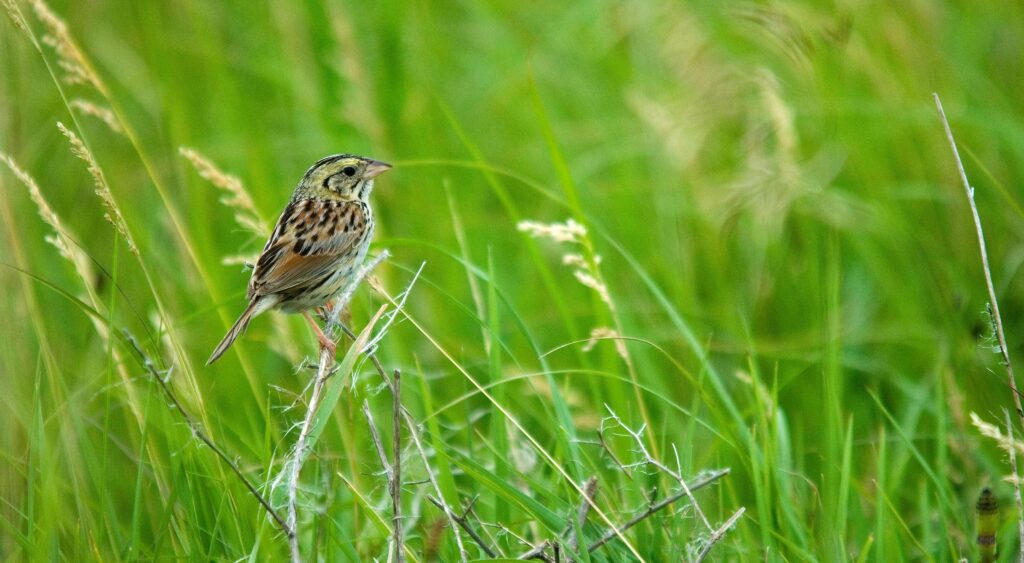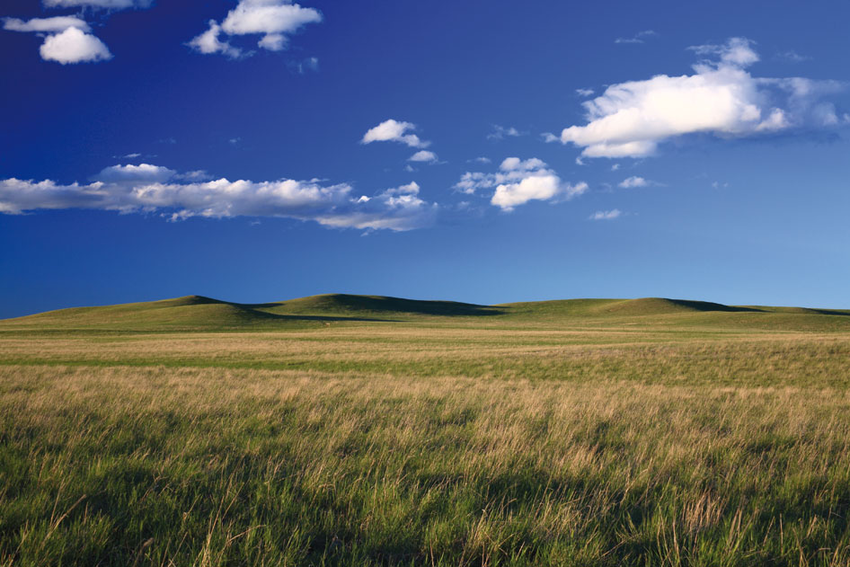Prairie grasses have extensive root systems that enable them to thrive in environments where there are droughts, fires, and extreme temperature fluctuations. With their extensive biomass both above and below ground, these perennial grasses are also effective at storing carbon. When grasses have deeper roots, they can store carbon more deeply in the soil, where it is less likely to be released back into the atmosphere. Studies have shown that grasslands can sequester more carbon than forests.
There are three main types of prairie grasses: tallgrass, mixed-grass, and shortgrass. The following sections describe them. In addition to preventing soil erosion, prairie grasses can provide forage for ruminants such as beef cows and buffalo. They’re an important part of the prairie ecosystem but they also deserve to be recognized for their role in combatting climate change.
Tallgrass Prairie Grasses
Tallgrass prairie grasses can grow over 6 feet tall and are found in areas with moderate to high rainfall. Big Bluestem, the king of prairie grasses, has roots that can reach 10 to 12 feet deep. Indian Grass is similar and grows tall with deep roots. Switchgrass is shorter at 3 to 8 feet tall, but this tallgrass prairie grass has roots that extend 6 to 10 feet deep.
Mixed-Grass Prairie Grasses
As their name suggests, mixed-grass prairie grasses feature a mix of taller and shorter grasses. Typically, they’re found in areas with moderate rainfall. Examples include Little Bluestem, which grows about 2 to 4 feet tall and has roots that reach 5 to 8 feet deep. Sideoats Grama is shorter but has roots that reach six feet deep. Needlegrass is even shorter but can withstand dry conditions.
Shortgrass Prairie Grasses
Shortgrass prairie grasses typically grow less than 2 feet fall. They’re found in areas with low amounts of rainfall like the Western Plains. Buffalo Grass is usually less than 6 inches tall but has roots up to 6 feet deep. Blue Grama can grow twice as tall as Buffalo Grass but has roots that extend deep into the soil for moisture. Western Wheatgrass has a fibrous root system and is common in drier areas.


